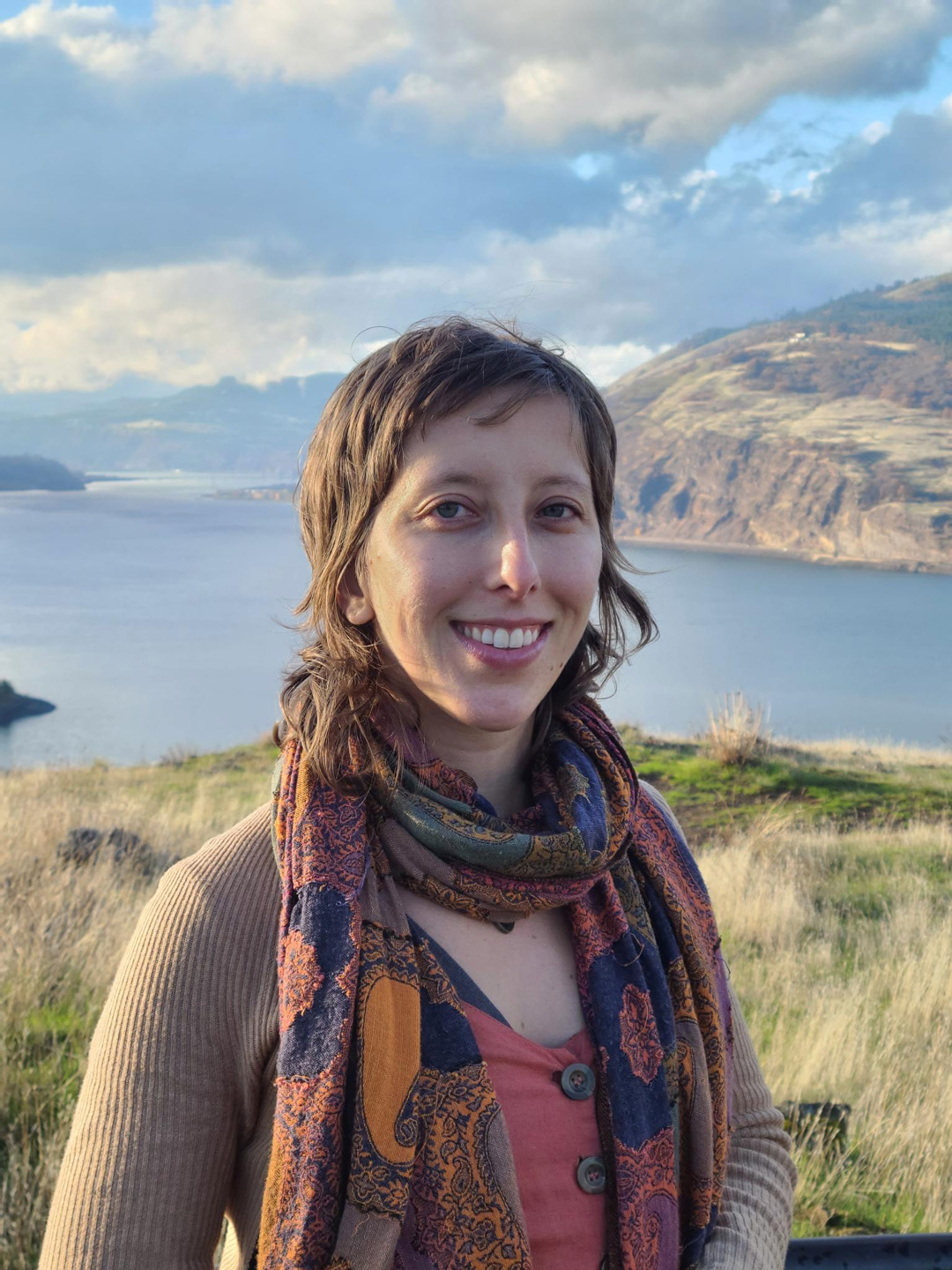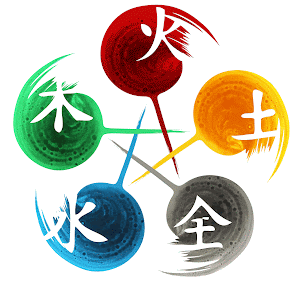Empowered Yin Acupuncture
Bring balance into your life!
Empowered Yin specializes in Five Element Acupuncture and Chinese medicine. The practice focuses on individualized care.
Shayna Stringer, Doctor of Acupuncture and Herbal Medicine, is a licensed acupuncturist in Florida. Her practice, Empowered Yin is a Five Element Acupuncture, Chinese, and herbal medicine clinic in Gainesville, Florida.

Welcome to Our Patient Center

Free Consultation
Empowered Yin offers a free 30 minute phone consultation to all new patients to explore how treatment can best support you. Conversations can be in-person or online. Schedule below to see if we're a good fit!

Intake
All new patient visits begin with a 2 hour intake so we can best understand your unique case. This session may or may not include an acupuncture treatment. For more info, please review our FAQs.

Fees
Initial intakes are 2 hours and cost $140. Following treatments are 1-2 hours and range between $80-220 depending on the services and time provided. We care about making this medicine available for all, so if you're experiencing financial difficulties please reach out.
Services

Acupuncture
Acupuncture is part of the ancient practice of Traditional Chinese medicine. With over 2,000 points connected by pathways, these meridians create an energy flow through the body that is responsible for overall health.
Show more
Disruption of the energy flow can cause disease. By applying acupuncture to certain points, with the insertion of very fine, sterile, single-use needles into specific superficial locations on the surface of the body, it is thought to improve the flow of Qi, thereby improving health.

Chinese Medicine
Chinese medicine is a rich medical system that has existed in some form for more than 3,000 years. Its basic concept is that a vital force of life, called Qi, surges through the body. Any imbalance to Qi can cause disease and illness.
Show more
It operates under the premise that humans are microcosms of the larger surrounding universe, and are interconnected with nature and subject to its forces. Balance between health and disease is a key concept. The Five Elements represent the five phases of Qi as it moves through nature and our bodies. The Elements work interdependently in an elegant and systematic balance, each one sustaining and supporting the next in the cycle. Treatment seeks to restore this balance specific to the individual through acupuncture, moxibustion, cupping, massage, herbal remedies, and movement exercises such as qi gong.
Acupuncture Injection Therapy
Acupuncture Injection Therapy (AIT) is a specialized technique that combines acupuncture with the injection of therapeutic substances such as vitamins, homeopathic remedies, or Chinese herbs directly into acupuncture points or trigger points.
Show more
AIT can be used for the managment of chronic or acute pain, vitamin deficiencies, immune support, fatigue, as well as many other conditions.

Tuina
Tuina is a form of bodywork originating in China. It is a type of massage used to stimulate acupressure points that can to increase circulation and the flow of qi throughout the body.

Zero Balancing
Zero Balancing is a type of manual therapy drawing from the principles of osteopathy. It uses skilled touch to address the relationship between energy and structure in the body.
Show more
It was originally developed by Dr. Fritz Smith. He proposed that the energetic body can be affected by manual manipulation. Zero Balancing utilizes fulcrums, or pressure points, to deeply engage the body and mind to promote rapid reorganization towards healing.

Moxa
Moxibustion, also called “moxa”, is a form of heat therapy used to increase circulation and stimulate acupuncture points. Dried and aged plant material from Chinese mugwort is burned on or near the surface of the skin.
Show more
The intention is to warm and invigorate the flow of Qi in the body by strengthening the blood to encourage homeostatic balance. Moxa often feels warm and nourishing, bringing the patient into a deeper state of relaxation due to the aromatic nature of the plant.

Cupping
Cupping is one of the oldest and most globally practiced medical treatments in human history. “Suction therapy” is seen in stone carvings and drawings throughout the world. It utilizes negative pressure to release stagnation in the fascia and surround tissues.
Show more
The term "stagnation" includes excess carbon dioxide and other cell wastes, lactic acid build up, or even food additives that our body cannot process. By allowing the tissue to be lifted upwards, it increases the space for underlying tissue, flushing out capillary beds, assisting the pores to expand and discharge some of these waste toxins, while revitalizing the area with new blood. It is used to release muscle tension, detoxify tissues, and boost circulation. Cupping can also be used to address digestive disorders, respiratory issues, pain and inflammation, immune dysfunction, and scarring restricted fascial adhesions.

Gua sha
Gua sha is a form of Chinese medical massage where the skin is pressed, in strokes, by a round-edged instrument. It is characterized by the unique petechiae that is left behind on the skin, little bruises with a sand-like appearance.
Show more
It promotes healthy circulation by extravasating blood, lymph, and metabolic waste which is often congested in connective tissues and muscles. Gua sha is a valuable tool in the treatment of pain, muscle spasms, upper respiratory and digestive conditions, acute infectious illness, and many chronic disorders.
Contact Shayna
Frequently Asked Questions
How does acupuncture work?
From a western medical perspective, acupuncture works by decreasing inflammation and stress, increasing circulation, stimulating the immune system, decreasing muscle tension, and stimulating the parasympathetic nervous system. From a Chinese medicinal perspective, acupuncture works by restoring the healthy flow of energy along the meridians.
What is Chinese medicine and acupuncture?
Chinese Medicine is one of the oldest continually used medical systems in the world. This well-developed form of healthcare has evolved from over 3,000 years of clinical experience, resulting in time-tested, safe and effective treatments for an enormous range of illnesses.
The primary modalities include Acupuncture, Chinese herbs, diet and lifestyle education, heat therapies (cupping or gua sha), movement and breathing exercises (qi gong or tai chi). The combination of these modalities promotes the body’s own healing mechanism to maintain strength and adaptability with changing environmental stresses. Acupuncture and Chinese Medicine addresses not only the symptoms of an illness, but also the underlying cause of the disharmony. It not only is effective for chronic and acute conditions, but has traditionally been used as a form of preventative medicine, allowing the body to maintain and repair its own health.
Acupuncture and Chinese medicine works by adjusting the flow of Qi in the body. The concept of Qi is not easy to translate, but it can be thought of as a vital life force or energy flowing through the body and connecting all things. Any misdirection or blockage in the amount, flow, or balance of Qi may result in pain, dysfunction, and sickness. The meridians show the flow of Qi in the body. Each pathway, also known as channel or meridian, has a close relationship to a specific organ.
Is acupuncture safe?
When performed by a trained, licensed acupuncturist, acupuncture is a very safe and effective form of healing. We use only sterile, disposable needles so there is virtually no chance of infection or contagion.
What should I expect from my initial visit?
- The first treatment will begin with a comprehensive intake of your health history, review of systems, and treatment goals. This allows me to get a sense of who you are and how best to treat the root cause of your symptoms. I will feel your pulses, look at your tongue, and perform a physical exam to gather further information. This first treatment may or may not include needles. This depends on how long it takes us to get through the health history and diagnostic examination. Typically, this appointment lasts about two hours.
- All following treatments typically last 1 hour. Acupuncture points will be selected geared towards each individual's condition. If possible, we will burn moxibustion on the points, then needle afterwards and incrementally feel your pulse.
How should I prepare for my treatment?
Please wear comfortable clothing, and make sure you are well hydrated and have eaten. Also, please do not wear any makeup or scented products, including essential oils, perfume/cologne, scented deodorant, lotions, etc. These products interfere with part of the diagnostic process.
Does it hurt?
Acupuncture needles are solid and very fine, typically not much thicker than a hair. Insertions are usually painless. With the insertion of a needle, I am looking for a “Qi sensation” to fully activate the point. This sensation can be tingling, warmth, heaviness, dull achy, or a feeling of Qi moving up and down the channel. If you have needle sensitivity, we are happy to work with you through this. Most people find acupuncture extremely relaxing.
How many treatments will I need?
The number of treatments you need depend on the duration, severity, and nature of your main complaint. You may need only a few treatments for an acute condition. A series of 6 – 10 treatments may resolve many chronic conditions. Some degenerative conditions may require many treatments over time. Please keep in mind that disease is a process. It took time for your body to become ill, and it can heal itself only if given the proper time and treatments. The effect of acupuncture treatments builds on one another. I recommend treatments once a week for 3-5 weeks, then every other week for 6-10 treatments. Ideally, you can phase out treatments as your symptoms improve and may only need to come seasonally to maintain wellness.
What does acupuncture treat?
Weight Management - Excessive Hunger, Slow Metabolism, Poor Digestion
Physical Pain - Back Pain, Neck Pain, Shoulder Pain, Knee Pain, Arthritis, Sciatica, Headaches, Migraines, Carpel Tunnel Syndrome , Fibromyalgia
Emotional Conditions - Anxiety, Depression, Irritability, Fatigue, Insomnia, Poor Concentration, Memory
Digestive Problems - Irritable Bowel Syndrome, Constipation, Diarrhea, Acid Reflux, Heartburn, Nausea, Hemorrhoids, Ulcers
Neurological Symptoms - Numbness and Tingling, Shingles, Post-Stroke Symptoms
Gynecological/Genital Problems - Male Infertility, Female Infertility, PMS, Hot Flashes, Endometriosis, Fibroids, Incontinence, Sexual Dysfunction, Urinary Tract Infections, Irregular Menstruation, Heavy Menstruation, Painful Menstruation
Respiratory Problems - Colds, Sinusitis, Allergies, Asthma, Bronchitis, Chronic Cough, Smoker’s Cough
Cardiovascular and Other Problems - Poor Circulation, Hypertension, Drinking Problems, Palpitations, Angina, Weight Gain, Smoking Addiction
Contact Us

















